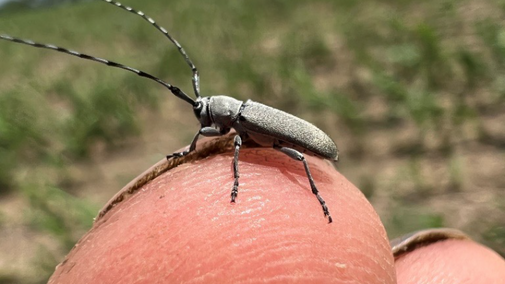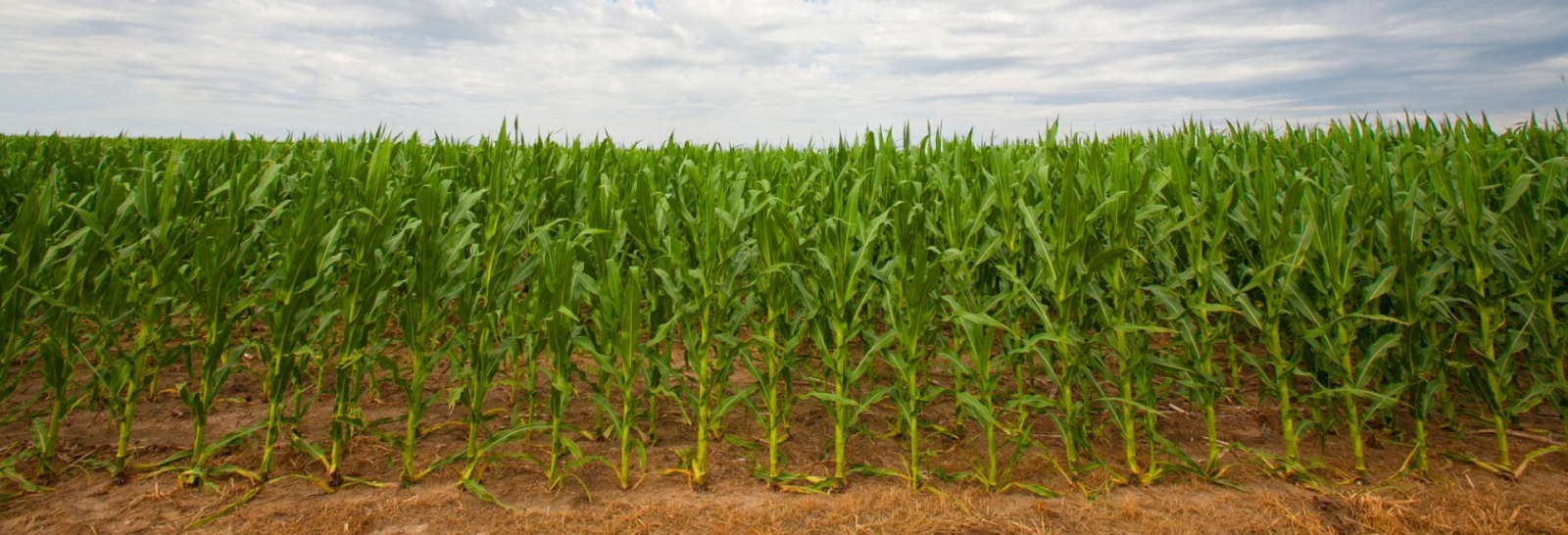We observed the first emergence of Dectes stem borer adults (Figure 1) on June 6 in Lancaster County, very similar to last year’s timing of June 10 in Cass County. These beetles emerge from last year’s soybean fields but don’t move into this year’s crop right away. It typically takes seven to 14 days before they begin laying eggs in the current season’s soybean. In fact, egg laying last year started about 10 days after first adult emergence.
With adult emergence underway, we often get questions about when and whether or not we should apply insecticides for Dectes stem borer. Dr. Robert Wright, who recently retired from the UNL Department of Entomology, led over a decade of research on this pest. Studies at the South Central Ag Lab found that Dectes adult activity in soybean peaks in early July. We’re currently tracking adult activity in soybean and we will be applying insecticides as part of a North Central Soybean Research Program-funded project.
Management Considerations
Dectes can be tricky to manage. Yield losses from larval feeding alone are inconsistent and without lodging, the damage often doesn’t affect yields much. A multi-state study from 2007 to 2011 found that even with an 84% reduction in infested plants, yields differed by just 0.7 bu/acre.
Our 2024 Nebraska study, funded by the Nebraska Soybean Board, showed a similar range of response, from no yield loss to as much as 10 bu/acre. The highest yield impacts occurred in areas with high soybean gall midge pressure. Stay tuned for this year’s results.
The more serious risk from Dectes comes later in the season. As larvae prepare for winter, they girdle the inside base of the stem. This weakens the plant and makes it more likely to lodge if strong winds or storms hit near harvest.
Scouting and Harvest Planning
August is a great time to scout for Dectes. Look for a wilting or dead trifoliate in an otherwise healthy plant along field borders. Splitting the stem can confirm whether larvae are present. Fields with 50% or more infested stems should be prioritized for early harvest to reduce lodging losses.
Early planting, short-maturity varieties, and 30-inch row spacing all increase the risk of lodging. Narrower rows may reduce that risk.
A Note on Insecticides
There are currently no economic thresholds for Dectes stem borer. Although insecticides may kill some adults, their effectiveness in reducing larval infestations is limited, likely because of the beetles’ extended activity and egg-laying period. Applying multiple insecticide treatments often doesn’t improve returns and may increase the risk of secondary pest outbreaks, such as spider mites or soybean aphids, due to the reduction of natural enemy populations.
If you’re considering an insecticide to control Dectes stem borer adults, keep in mind that killing adults doesn’t always lead to fewer larvae later in the season. This is likely because Dectes beetles remain active and continue laying eggs over a long period, making it difficult to time applications for effective control.
Additional Resources
For more details, see NebGuide G2082, “Soybean Stem Borers in Nebraska”.

